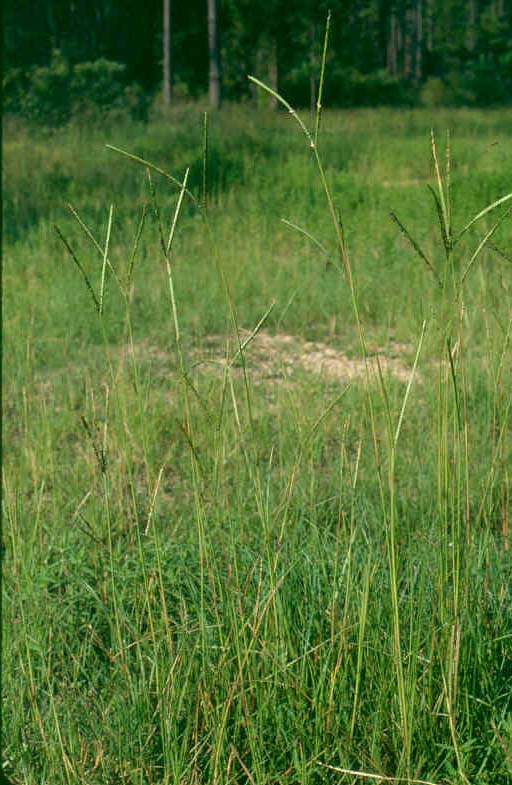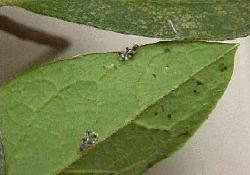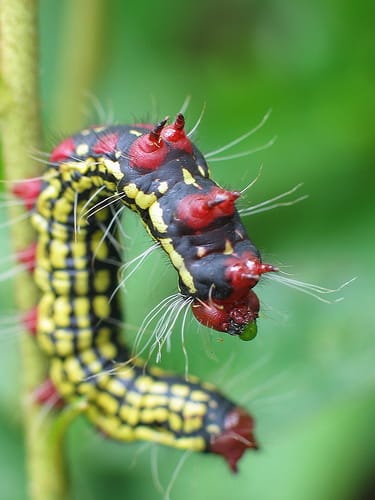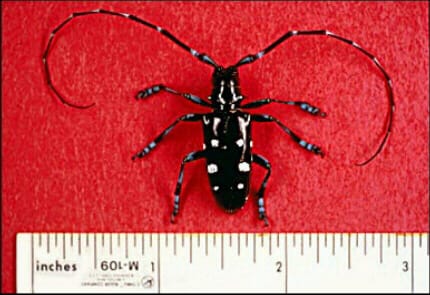Source(s): Jacob G Price
Bahiagrass is an aggressive mat-forming perennial in many southern lawns. It is a warm season grass that spreads by seeds and shallow underground rhizomes. It is native to South America and is common in the Gulf States.
Description
Bahiagrass is best know for it’s seedhead which normally has two branches that form a “Y” shape. The rhizomes are usually thick and have a purplish or reddish color. Leaves are somewhat folded and smooth on both surfaces.
Pre-emergence Control
For Centipedegrass, St. Augustinegrass, dormant Bermudagrass, and Zoysiagrass. Apply Atrazine as labeled for fair, (70-79), supression. Do not apply Atrazine near the root zones of ornamentals or during spring green-up.
Postemergence Control
For St. Augustinegrass, Centipedegrass, Zoysiagrass, and Bermudagrass, Manor (metsulfuron) may be used for good control. For Centipedegrass only, apply sethoxydim, (Vantage), for fair suppression. Apply Vantage no sooner than three weeks after greenup. May be applied at low rate to newly planted centipedegrass after stolons have grown three inches. Do not mow 7 days prior to or 7 days after application. Repeat treatment 10-14 days after the first application. Two applications per season may be used in established centipedegrass. After spring green-up for Bermudagrass and Zoysiagrass apply MSMA 2 or 3 times at the recommended rate 5-7 days apart. Image also suppresses bahiagrass and may be used in all of the above turf grasses.
Center Publication Number: 66




